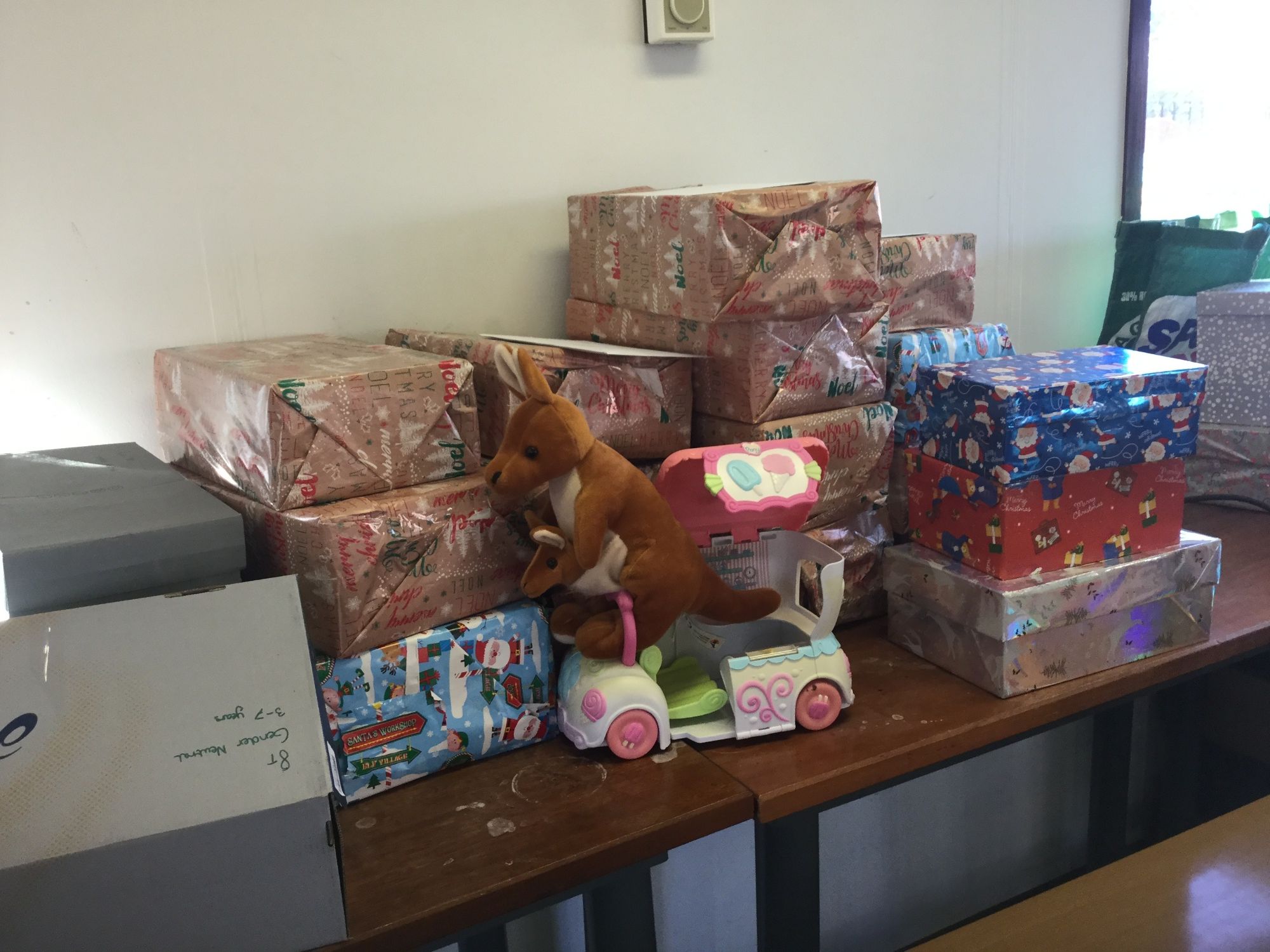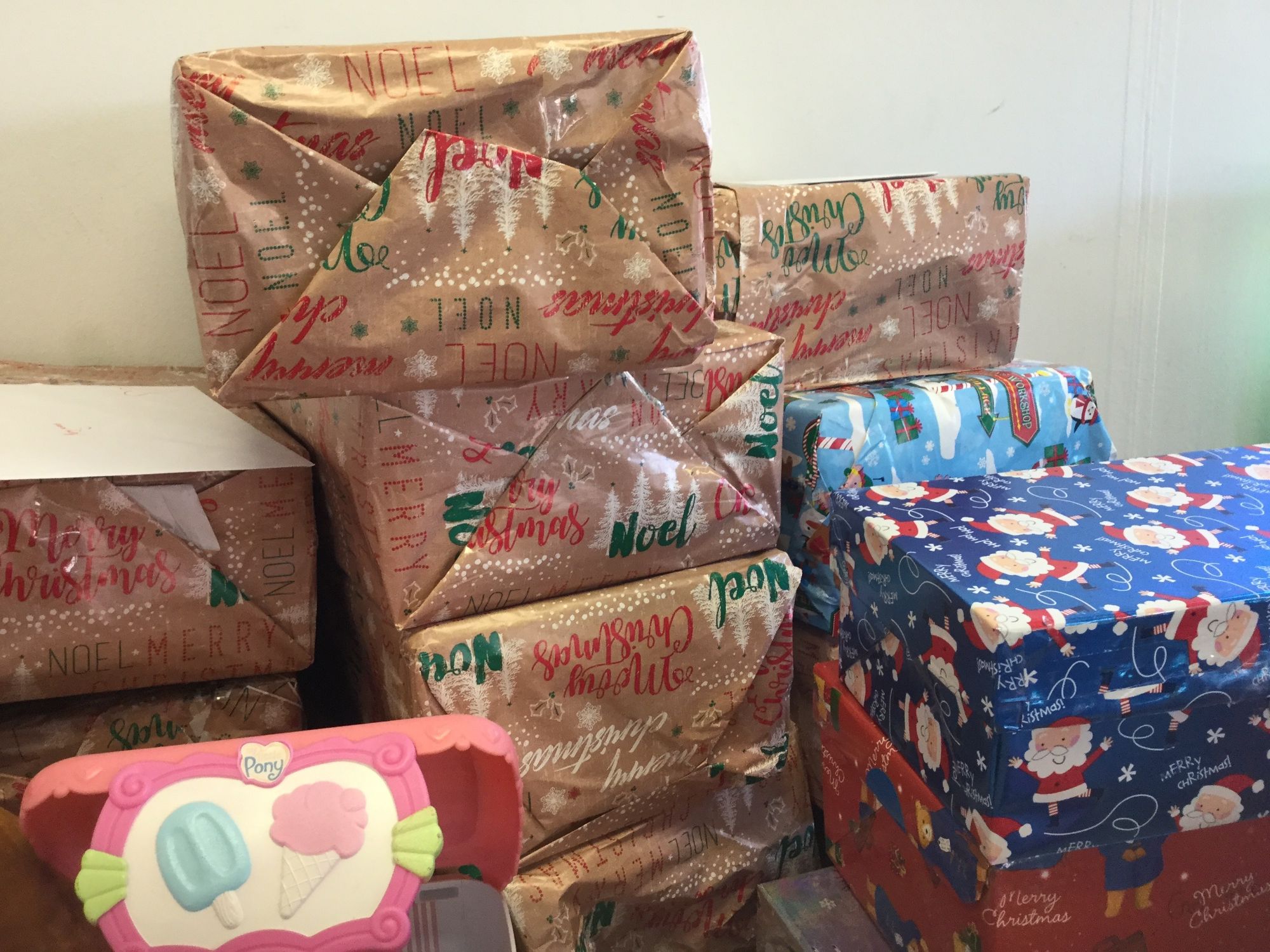 Charity events always feature at this time of the year. School Council has run an initiative asking every form in the school to assemble a Christmas Gift Box. The younger years have put together toy boxes and the older years have collected Body Boxes containing sanitary products for young girls. Over 50 boxes are ready to be collected and distributed by the Churches of Reading Charity. At the same time we have had a
Charity events always feature at this time of the year. School Council has run an initiative asking every form in the school to assemble a Christmas Gift Box. The younger years have put together toy boxes and the older years have collected Body Boxes containing sanitary products for young girls. Over 50 boxes are ready to be collected and distributed by the Churches of Reading Charity. At the same time we have had a  Food Drive which has been organised by our Amnesty group and over 500 items of food has been collected and will be distributed by the Food Bank organisation in Reading. There is also a sock collection taking place and today everyone is wearing a Christmas jumper to raise money for Save the Children Fund. It is such events of selfless giving that make me feel very proud of our students and our school.
Food Drive which has been organised by our Amnesty group and over 500 items of food has been collected and will be distributed by the Food Bank organisation in Reading. There is also a sock collection taking place and today everyone is wearing a Christmas jumper to raise money for Save the Children Fund. It is such events of selfless giving that make me feel very proud of our students and our school.
Ms Christine Kattirtzi, Headteacher





